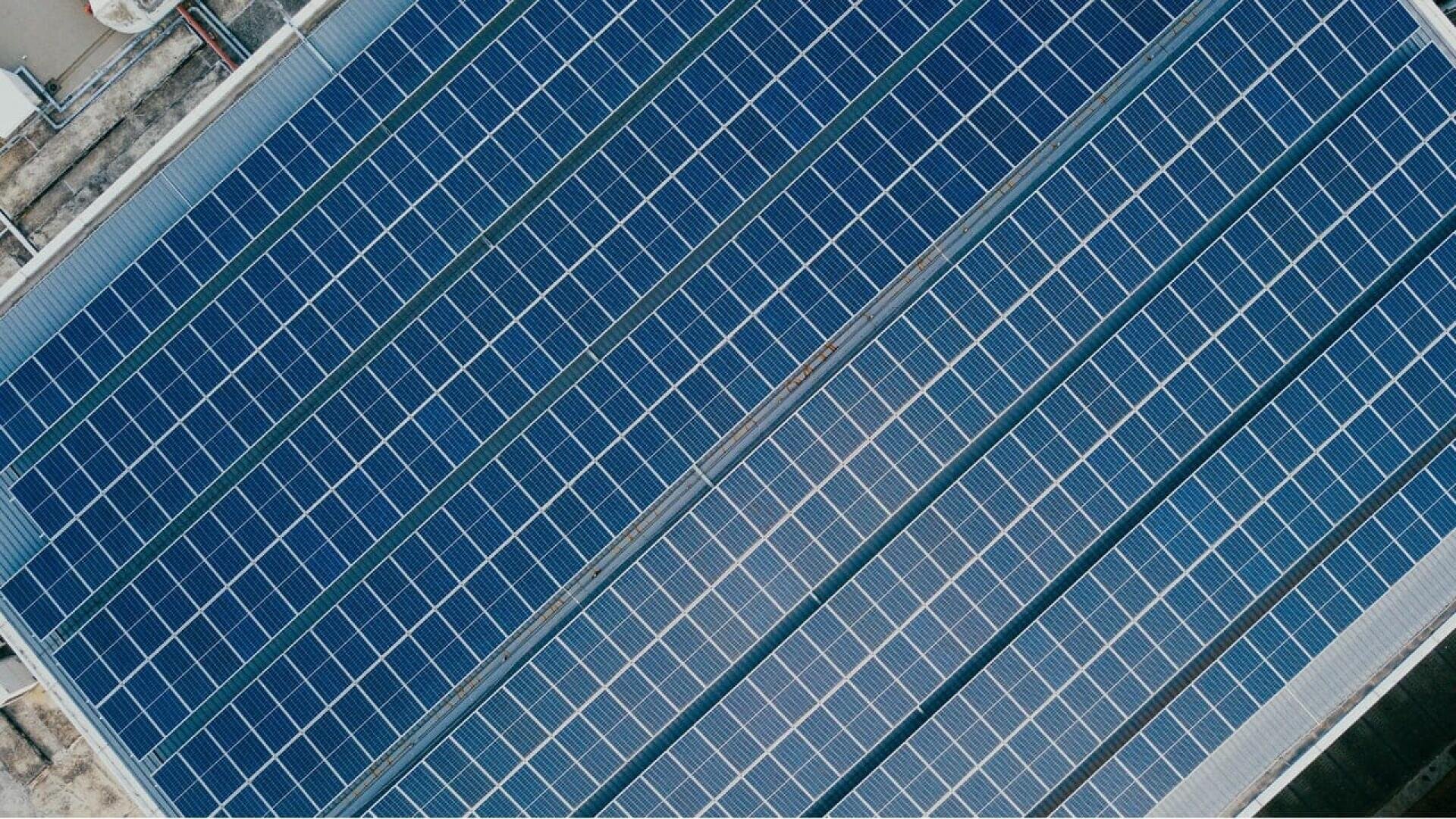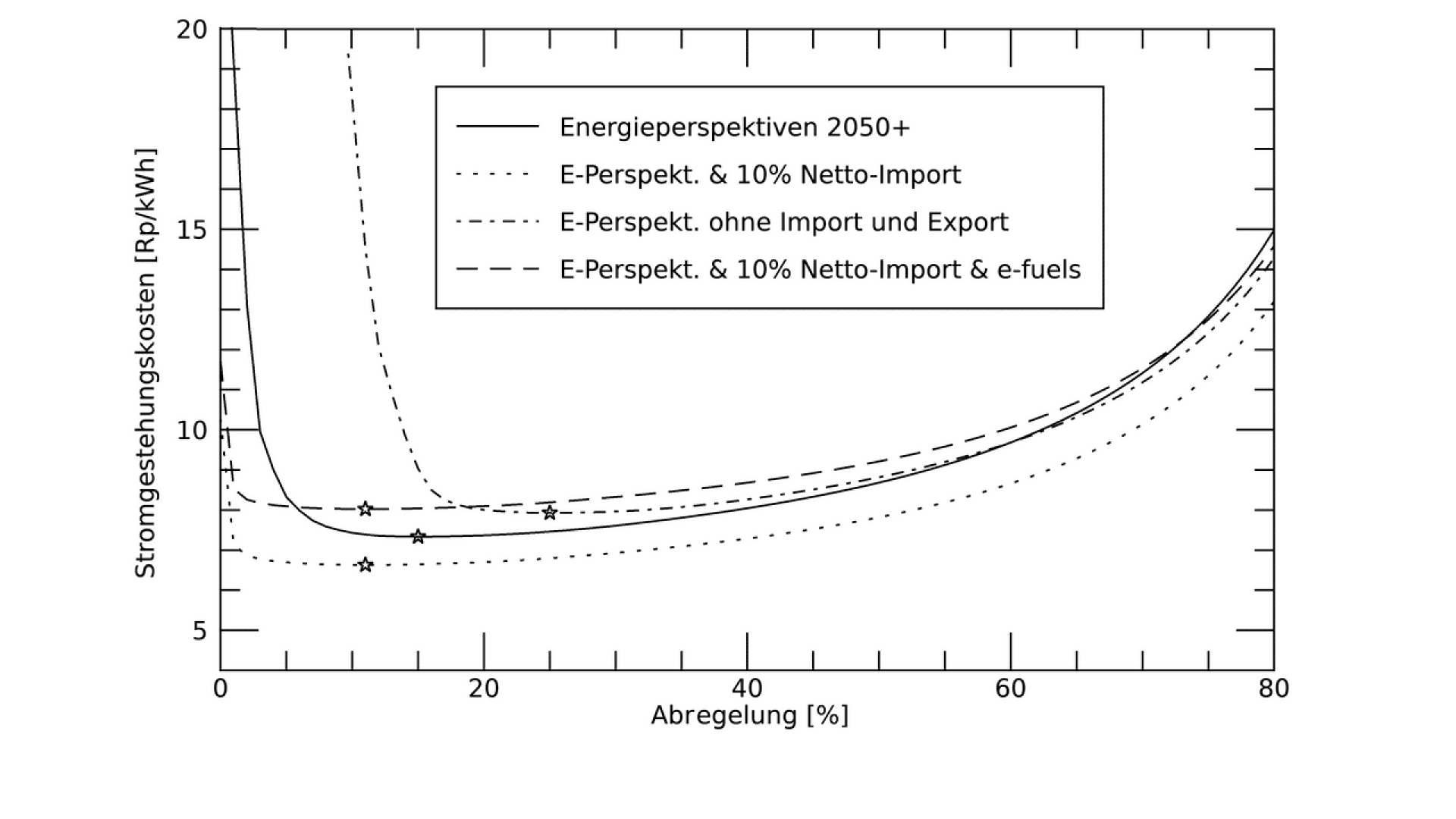Inexpensive electricity thanks to photovoltaic curtailment
A new research project shows how a renewable energy system in Switzerland works optimally. The cheapest solution is one in which 10-15% of the massively expanded PV production is curtailed.
This is the finding of the Firm PV Power Switzerland project conducted by Meteotest, State University of New York and Cleanpower Research with the support of the Swiss Federal Office of Energy. With an expansion of photovoltaics to 33-65 GW, the average cost of power production across all production types is in the range of 7-8 Rp./kWh for 2050 with 15% (of the energy) curtailed.
Curtailment means that feed-in management is used to shut down or reduce the electricity feed-in from PV systems locally or remotely. The curtailment takes place at times when the total electricity production in Switzerland is very high and a lot of surplus electricity would have to be stored. Without curtailment, costs are higher because storage will continue to be more expensive than production.
Four scenarios were calculated - with and without imports. The complete isolation of Switzerland makes production massively more expensive - unless a lot of PV is built (65 GW) and curtailed (35%). The scenario with import of 10% of the annual demand leads to the lowest average costs. The scenario with import and (high priced) e-fuels leads to slightly higher costs with 8 Rp./kWh.
Technically and economically, the optimal system is known and feasible. However, in order to implement it, the current market rules and subsidies would have to be adapted accordingly. There is a need for political action.
In addition to modeling and analysis of solar energy potentials, Meteotest offers the energy industry expertise and API for historical, current and forecast irradiation data.



